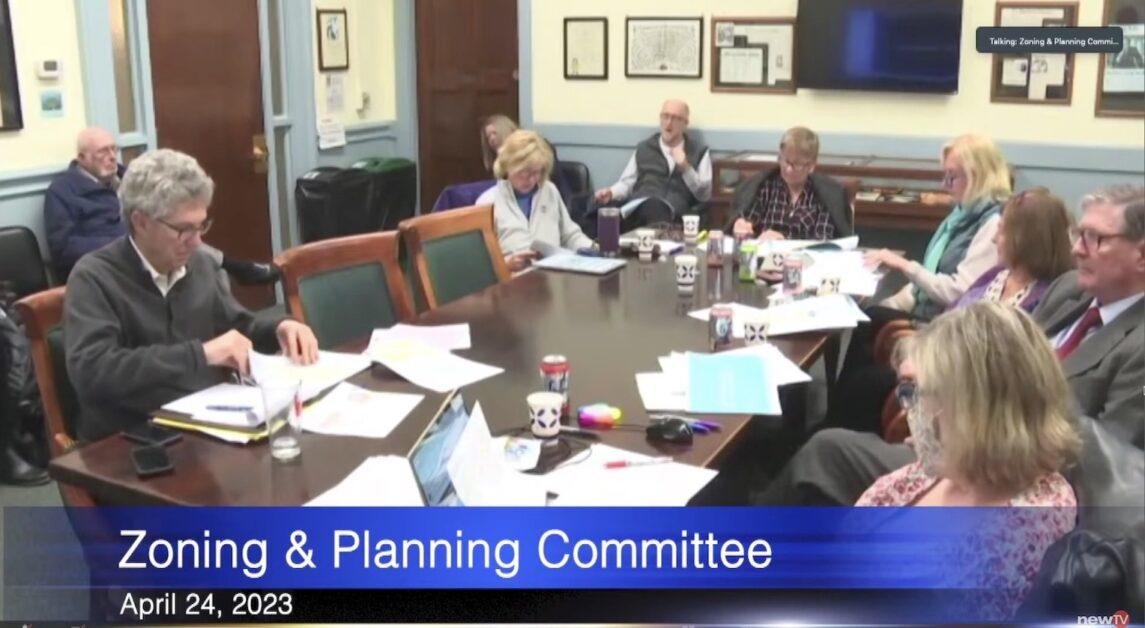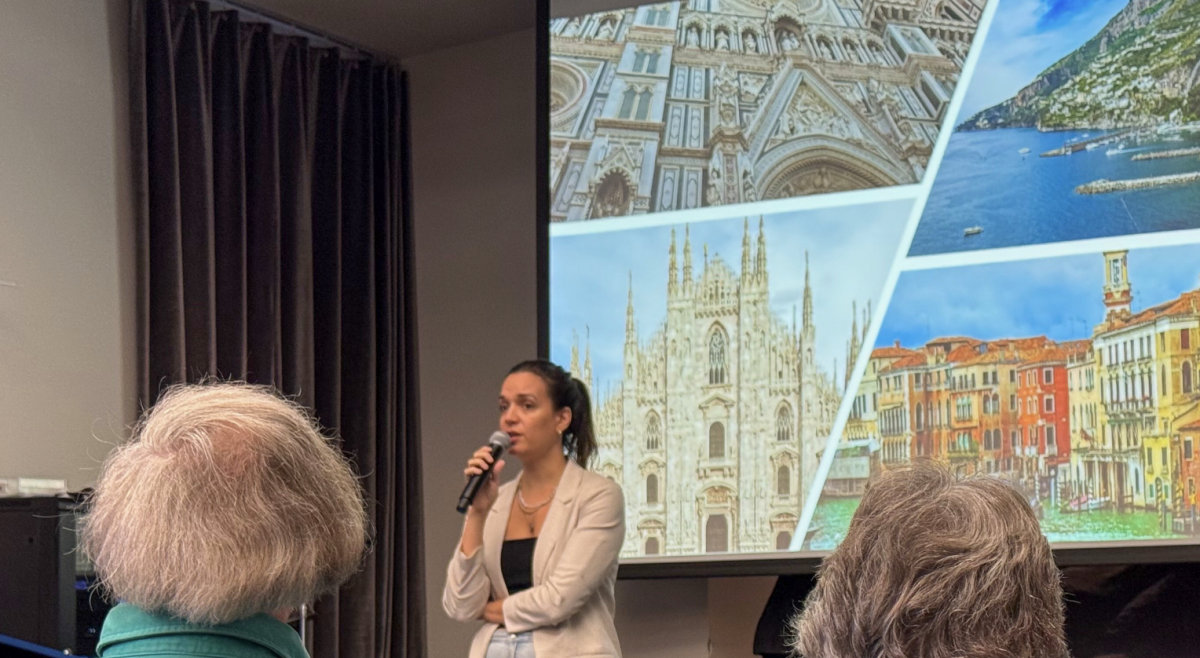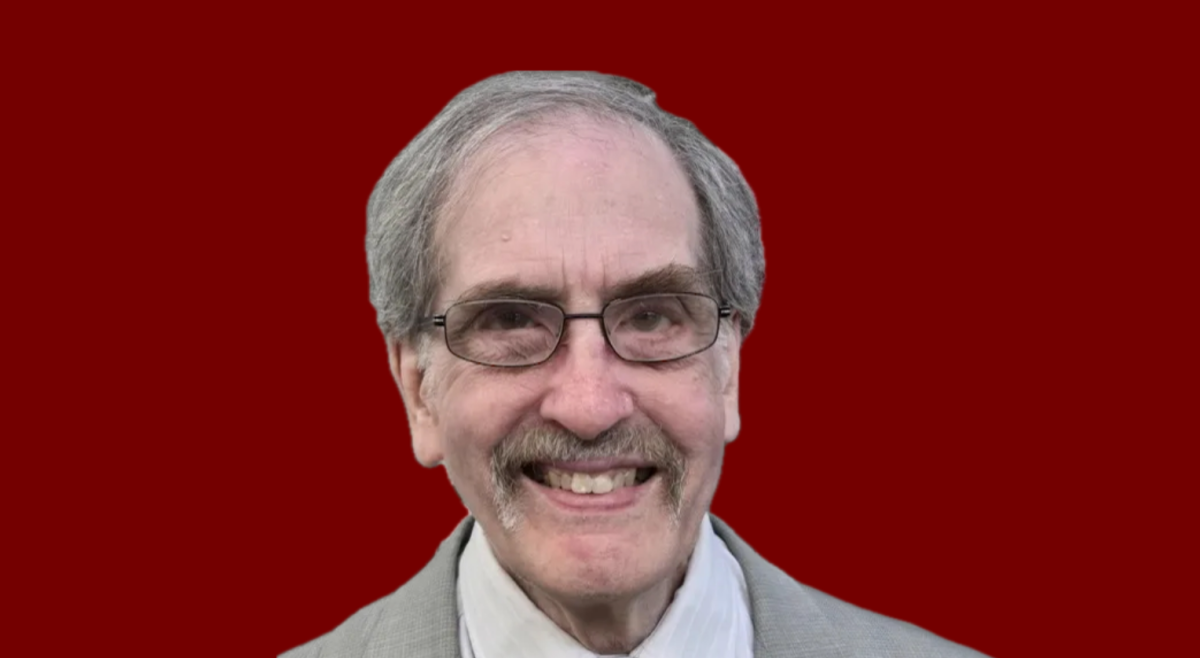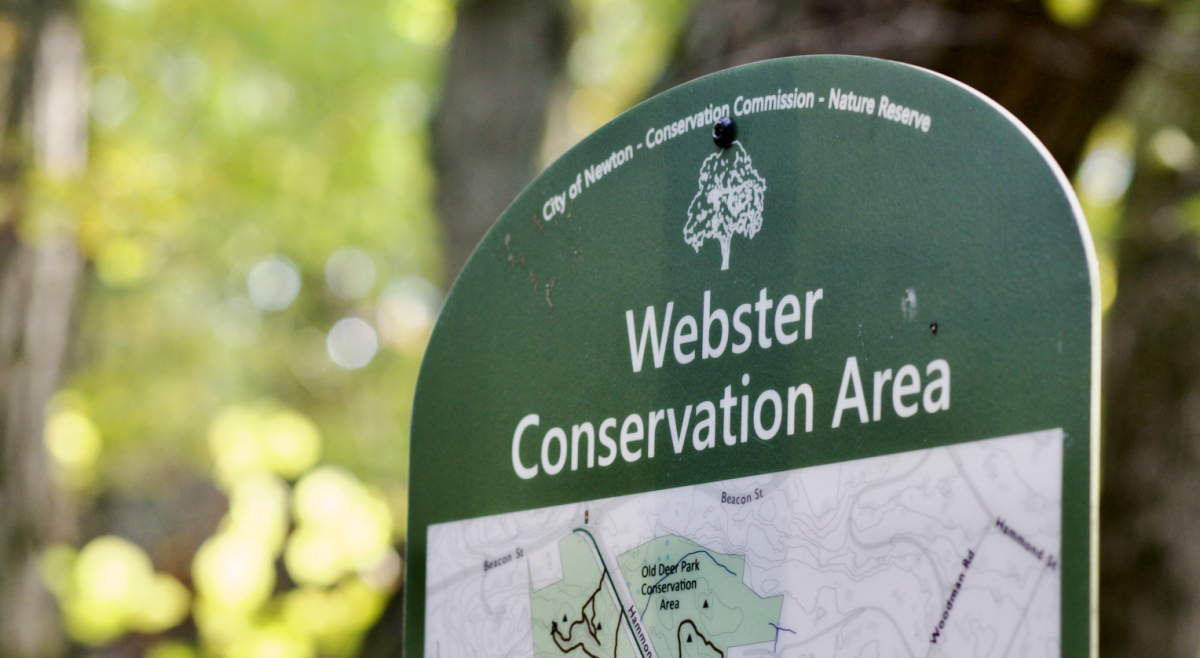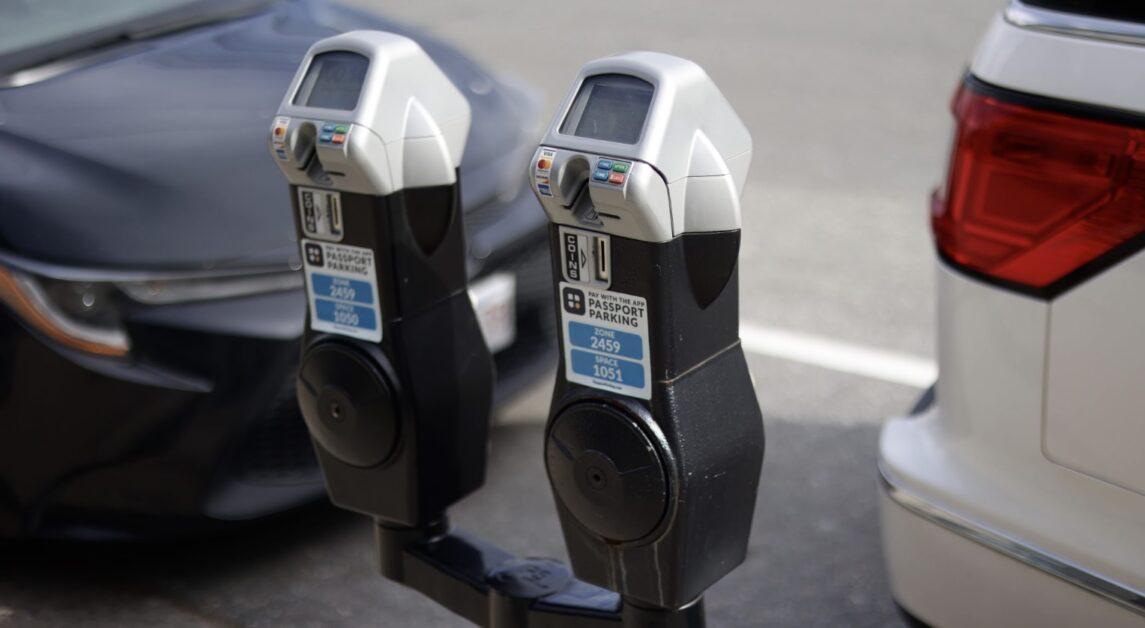City officials and members of Newton’s Zoning and Planning Committee detailed feedback-driven updates the committee made to an overhaul of the city’s zoning maps during a meeting on Monday.
The new zoning maps are part of updated zoning laws of the city’s village centers, which have not received any major zoning updates in over 30 years.
“Between the release of version 1.0 and tonight, we did a lot of outreach,” Zachary LeMel, long range planner for Newton’s planning and development department, said. “We did info sessions for each village center that were well attended, and these maps are snapshots of what we heard during those sessions.”
LeMel said there were several main themes that came up during this feedback period, including the need for the zoning maps to comply with MBTA community guidelines, prioritize open and green spaces, and factor in economic development opportunities.
The second version of the zoning map proposal does comply with MBTA community guidelines, according to LeMel.
As part of an economic development bill enacted in January 2021, Massachusetts has multi-family zoning regulations for all MBTA communities, which are cities and towns that surround or are nearby T stops.
The new guidelines require all of the communities to have at least one zoning district “of reasonable size” that allows multi-family housing if the cities want to remain eligible for state funding, according to the commonwealth’s website.
Ward 5 Councilor-at-Large and Chair of the Zoning and Planning Committee Deborah Crossley asked about the MBTA community compliance and how the city will balance zoning with adhering to the rules set out by the MBTA.
LeMel said the planning and development department said this was a challenge, but the committee’s proposed zoning maps allow for village centers to change and evolve to stay compliant.
“We believe we’ve done that for our village centers in version 2.0 and, in addition to that, provided a pathway towards MBTA compliance,” he said.
A large portion of the meeting centered on multi-residence transit zones, which are areas surrounding T stops where the only construction of buildings is for multi-family units, according to the planning and development department’s presentation.
Ward 8 Councilor-at-Large and Vice President of Newton City Council Richard Lipof raised questions about the exact feasibility of this zoning proposal, and talked about potential areas of dissatisfaction with the zoning process.
“[Multi-residence transit zones] may get us what we need with the MBTA communities, it may make people happy who don’t want too many units, it makes people unhappy that want more units, but do not really see this as a vehicle to get it,” Lipof said. “So, this is the underlying dissatisfaction, I think, on different levels with what’s going on here.”
Currently in Phase 4—and with a public hearing scheduled for late June, according to the presentation—the zoning maps still do not address all concerns, and may fall short in satisfying everyone’s input.
“I applaud you for bringing this forward—it does solve some things but not everything and in the end I don’t know if we’re going to be able to have everything,” Lipof said. “You’ve definitely made progress but I think you hear from a lot of people that there are questions about the battle between the underlying [zoning] and the [multi-residence transit zones], and what we really get for it.”

